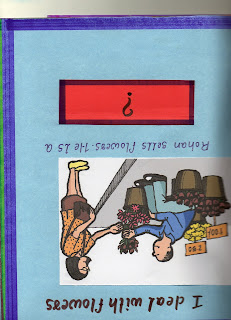SEMINAR
E-CONTENT
FEATURES-CONCEPT AND SCOPE
Information technology and the internet
are major drivers of research, innovation, growth and social change. The growth
in internet has brought changes in all walks of life including the education. e-content
includes all kinds of content created and delivered through various electronic
media from ‘old media’ such as print and radio to the increasingly
sophisticated electronic tools with combination of sounds, images and text. e-
content requires huge amounts of creativity both at ‘information’ level as well
as the ‘technology’ level.
A digital text and emerges designed for
display on web pages which is suitable for particular audience is called as
‘e-content’. It means, any content product available in a digital form and it
typically refers to music, information and images that are available for
distribution on electronic media.
In e- content development process needs
several aspects. Content should follow appropriate instructional design methodology
in order to assure meeting of learning objectives and expected outcomes. The
effort spent in content preparation should be reusable across various learning
management systems. All the e-content materials focused on
(a)Cognitive
perspective: it focuses on the cognitive processes involved in learning as well
as how the brain works.
(b)Emotional
perspective: it focuses on the emotional aspects of learning like motivation,
engagement, fun, etc.
(c)Behavioral
perspective: it focuses on the skills and behavioral outcomes of the learning process,
role-playing, settings of job.
(d)Contextual
perspective: it focuses on the environmental and social aspects which can
stimulate learning.
The possible methods of educational
e-contents conversations are
·
Learning by doing and learning by
investigation
·
Learning by testing/evaluation
·
Learning by stimulation
·
Learning by role play.
As
per the UGC guidelines od e-content development needs the following categories
·
Home
·
Objectives
·
Subject mapping
·
Summary
·
Text with pictures and animations
·
Video and audio
·
Assignments, quiz and tutorial
·
References, glossary and links
·
Blog
·
Contact
e-content is generally designed to guide
students through lot of information in a specific task. An e-content package
can be used as a teacher in the virtual classroom situation. The quality of
learning depends not only on the form of how the process is carried out but
also on what content is taught and how the content is presented. This approach
of teaching has become an answer to the complicated problems and un-identified
areas.
In a class room, technology stimulates the
learner and gets the learner involved in the learning. Books are the extension
of brain; video is an extension of eyes; audio is an extension of an ear; audio
conferencing is the extension of mind and vocal chord, computer is an extension
of fusion on mind, hands and eyes; satellite technology is an extension of
human reach and computer network is an extension of human co-operation. So what
we would expect from e-content that it should be able to stimulate the learner
in such a way that we utilizes the maximum of its potential in learning.
e-content is valuable to the pupil and also
helpful to teachers for all individual instruction systems; e-content is the
latest method of instruction that has attracted more attention to gather with
different concepts. The ultimate aim of the e-content is abolish the disparity
among the learners through effective education. E-content is facilitating to
the teacher to effective manner. It is enhancing the learner knowledge level
which leads to creative thinking and it gives the future ideas on the basis of given
links, and references.
REFERENCES






